Languages4kidz books on Caribu app
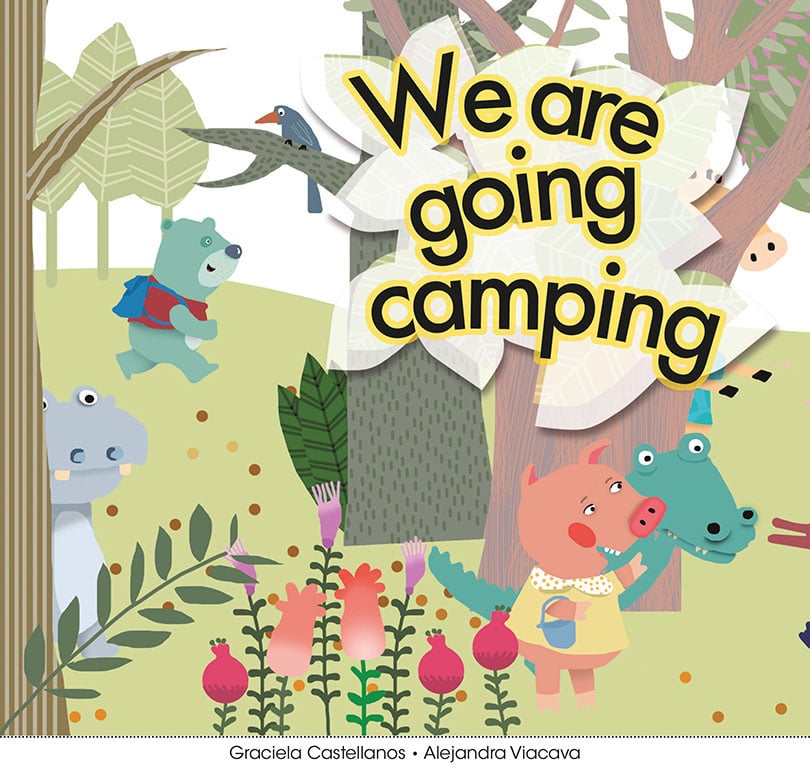
Languages4kidz books are now on the Caribu app. Ever since we started this journey of creating books in English and Spanish, our mission was to provide a variety of materials to bilingual children around the world. The Caribu app is helping us fulfill our dream! Download the app and find our books in English and […]
Interactive Books for kids – Languages4kidz – iTunes

Published on iTunes this week are the new interactive books for kids “Spring is here” in English and “¡La primavera esta aquí!” in Spanish. These 2 books join our 4 other Ibooks from Languages4kidz Children’s Book Collection (“International Day”, “Día Internacional”, “You Shine!” ¡Brillarás!” ) Ibooks is the e-book application for iPads, iPhones and Macs. […]
Languages4kidz Collection for bilingual and dual language learners

Languages4kidz Collection for bilingual and dual language learners has a variety of beautiful and engaging Picture Books for children in their early years. Languages4kidz has created a series of leveled picture books for babies, toddlers, preschoolers, kindergarteners, Emerging and Beginning Readers, available in both Spanish and English. The Collection offers meaningful stories with natural authentic […]
Starting with an additional language early is key to success
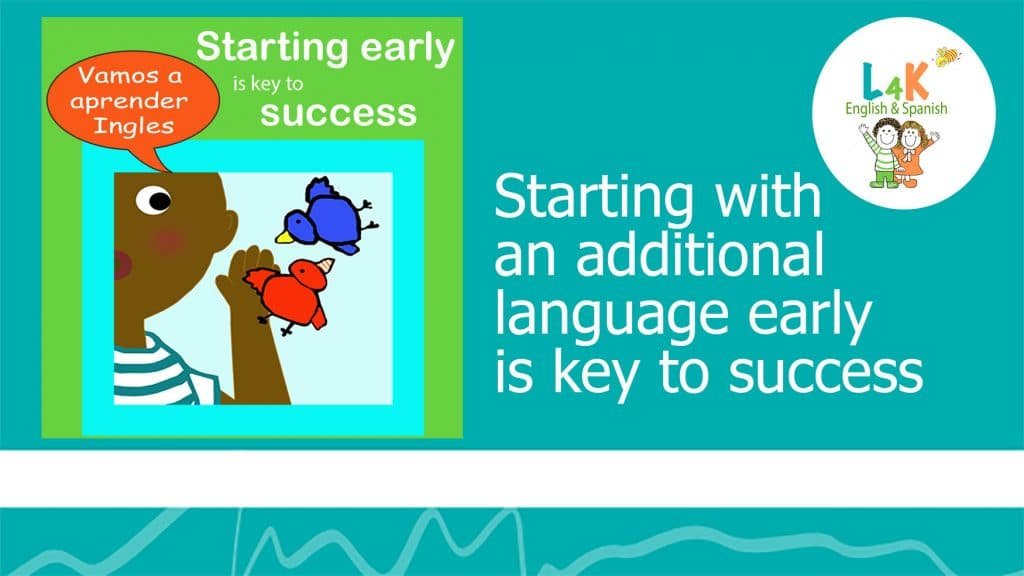
Starting with an additional language early is key to success. We are all aware of the incredible learning potential of children, particularly during the first five years. Check out our materials to help kids learn Spanish or English early in life. Scientists suggest that when it comes to ease of learning and proficiency in a […]
Mother and Child Playgroups
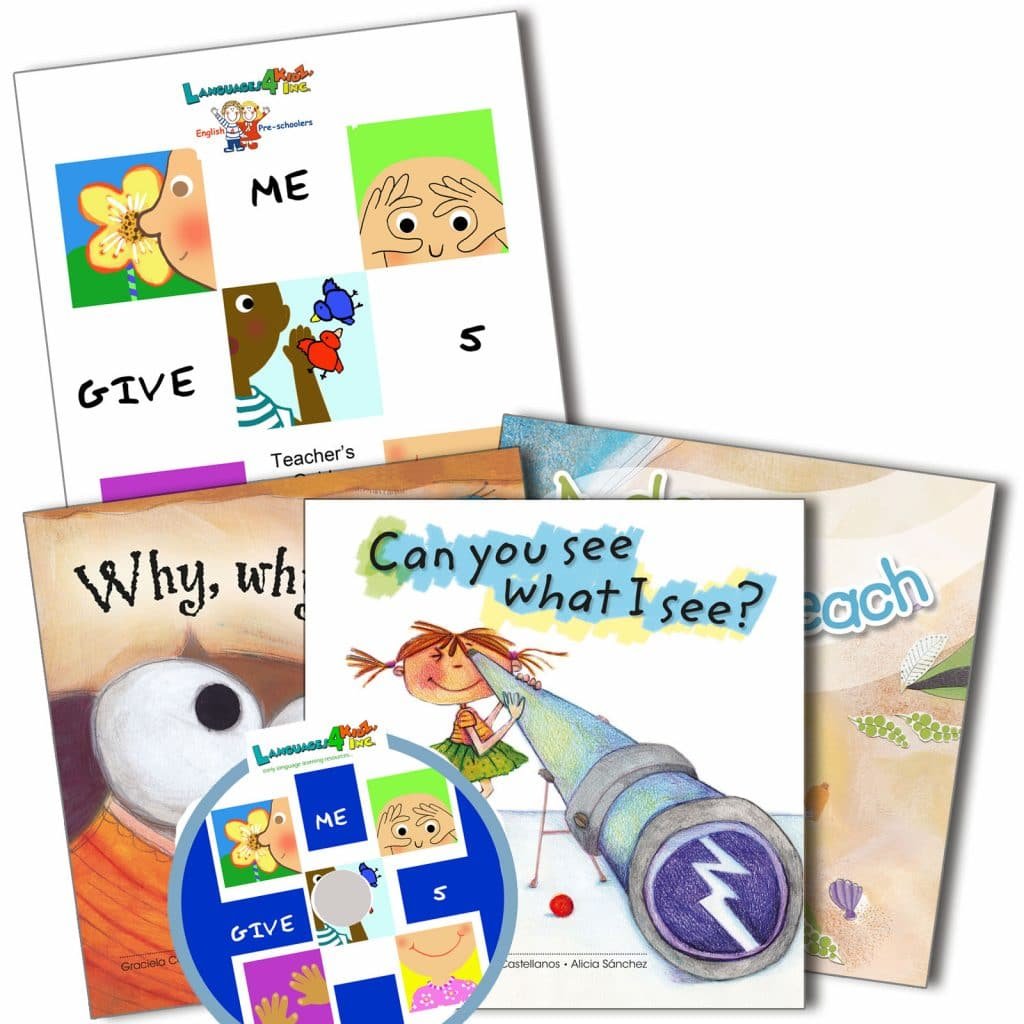
Mother and Child Playgroups Today I would like to propose to all mothers who would like to support their child’s bilingual development to build a support network. I encourage you to invite others who are raising their children to speak your language to join you in creating a mother and child playgroup. The mother and […]
Be natural and make it fun while speaking in the target language at all times

“Immerse” children directly and immediately into the target language from the first opening day or hour of class. Be natural and make it fun. It is crucial to the success of your program that you speak in the target language all the time. Keep your language simple but natural, and keep it at their level. […]
Do you believe every child is a genius?
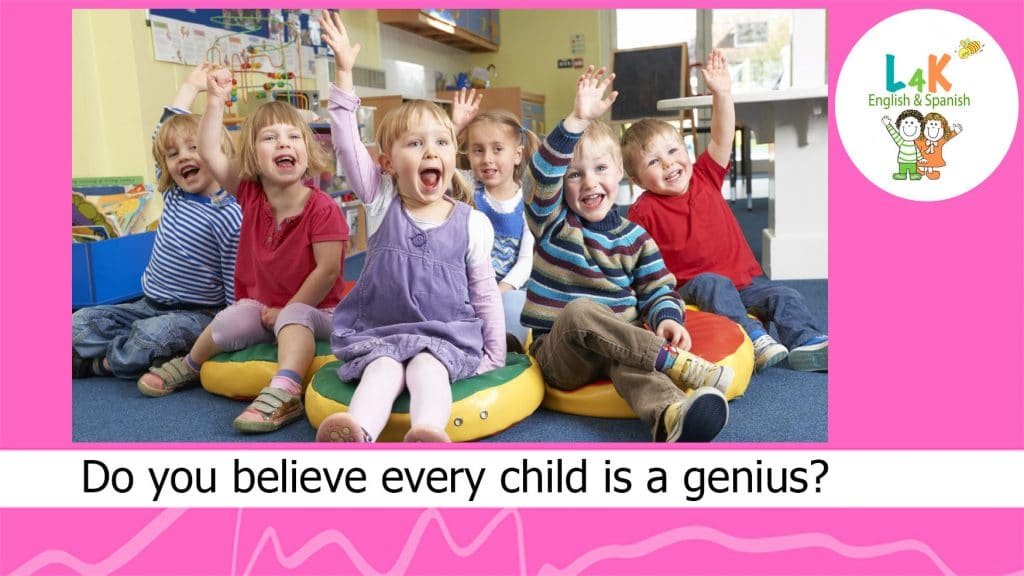
Do you believe every child is a genius? I do. I believe that children are born with wonder, curiosity, awe, spontaneity, vitality, flexibility, and many other characteristics of a joyous being which are particular characteristics of being a genius. Young children master a complex symbol system (their own native language) without any formal instructions and […]
Read to your child from Day One!
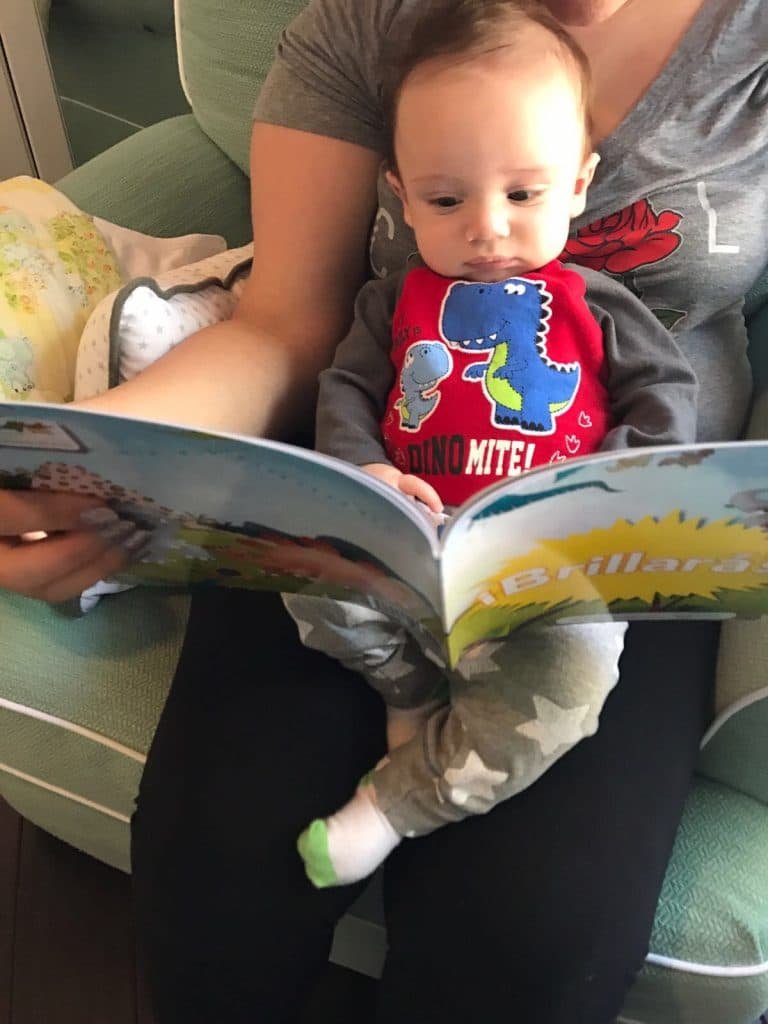
It has been demonstrated by numerous studies how important reading is for children’s overall development. Reading fosters vocabulary development and helps children learn about times, cultures, and people other than their own; it helps them learn about the world and understand how others think, act, and feel. And starting when they are newborns and not […]
“Giving” fills our hearts immensely
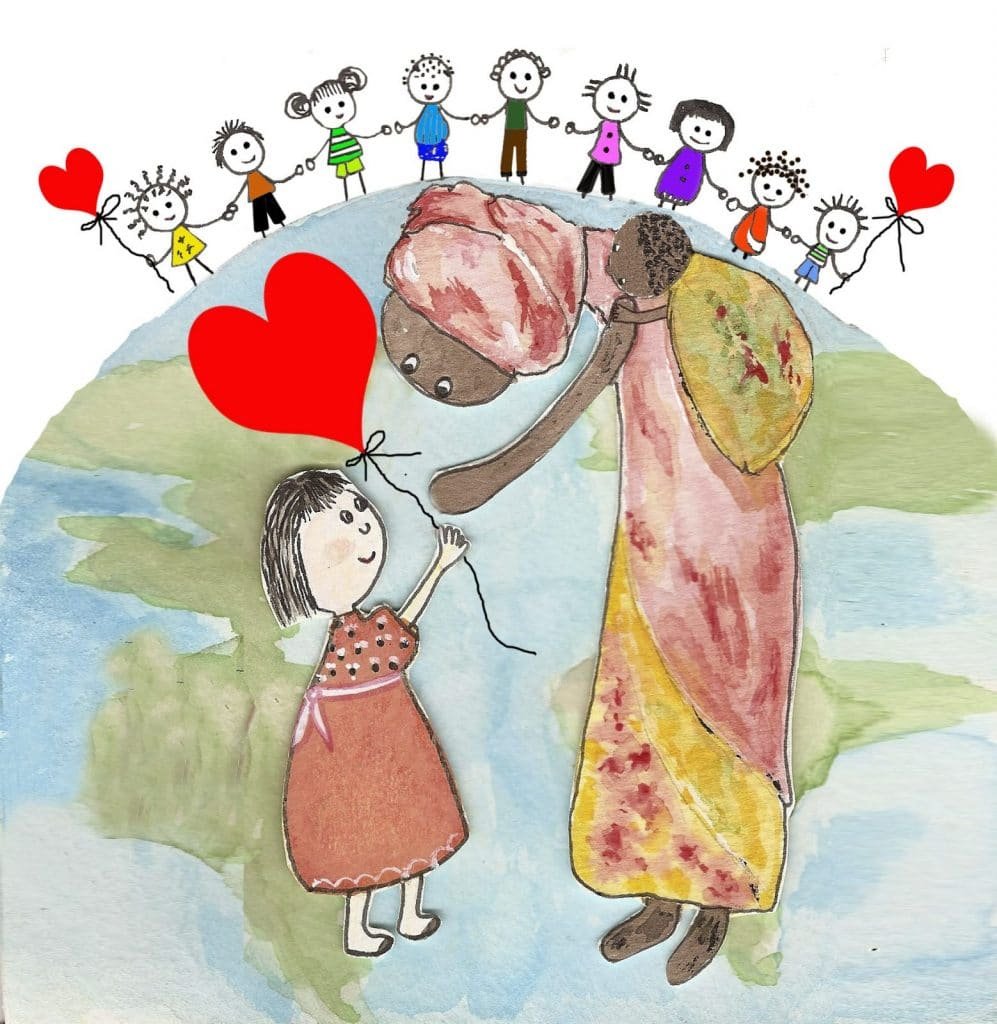
Giving fills our hearts immensely! It’s that time of the year again when we all stop for a moment and think about the things we are grateful for, our families, our friends, jobs, our food, our home and all the little things that make us happy and be joyful. But then, we also want to […]
Children are learning a second language at ever younger ages
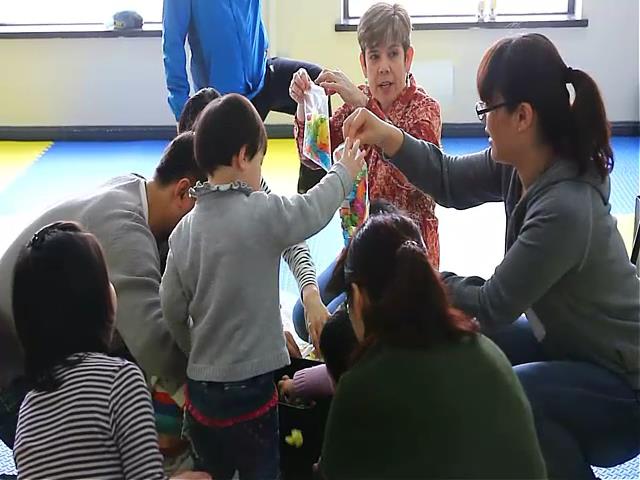
Our children are learning a second language at ever younger ages. Is it a world educational revolution? In the past few years there has been an increase on parents’ desire to expose their little ones to an early language learning start. They want the best for their children and they know that one or more […]
A colors rhyme

Poems and nursery rhymes are a great way to engage children in the repetition of concepts and vocabulary introduced. Here is a color rhyme to recite with your class. Invite them to follow your actions. Point to the color you recite as you do the movement. If your clothes have any red, Put your finger […]
Learning having fun!
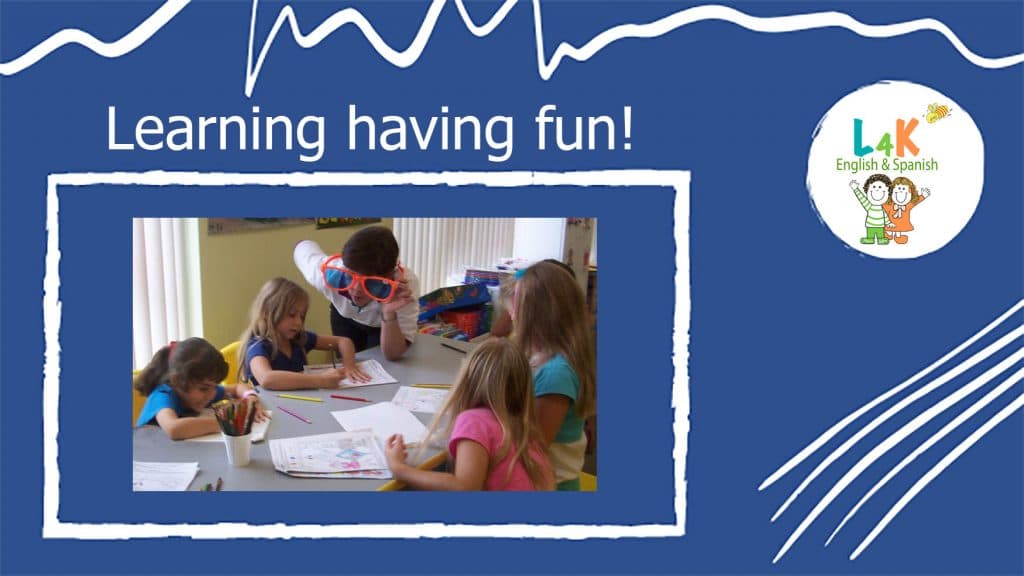
Brain research suggests that fun is not just beneficial to learning but required for authentic learning and long-term memory. Keep in mind that the highest-level executive thinking, making of connections, and “aha” moments are more likely to occur in an atmosphere of “exuberant discovery,” where students of all ages retain the enthusiasm of embracing each […]
